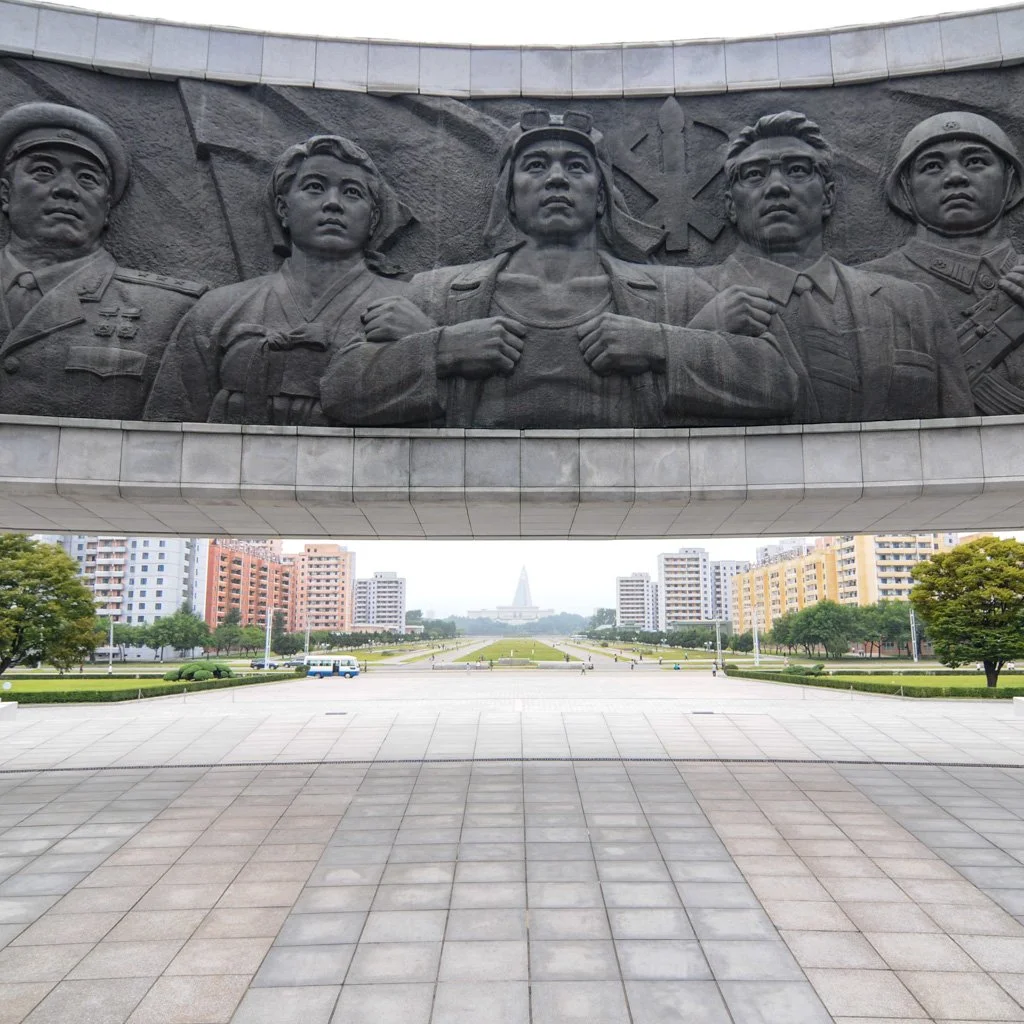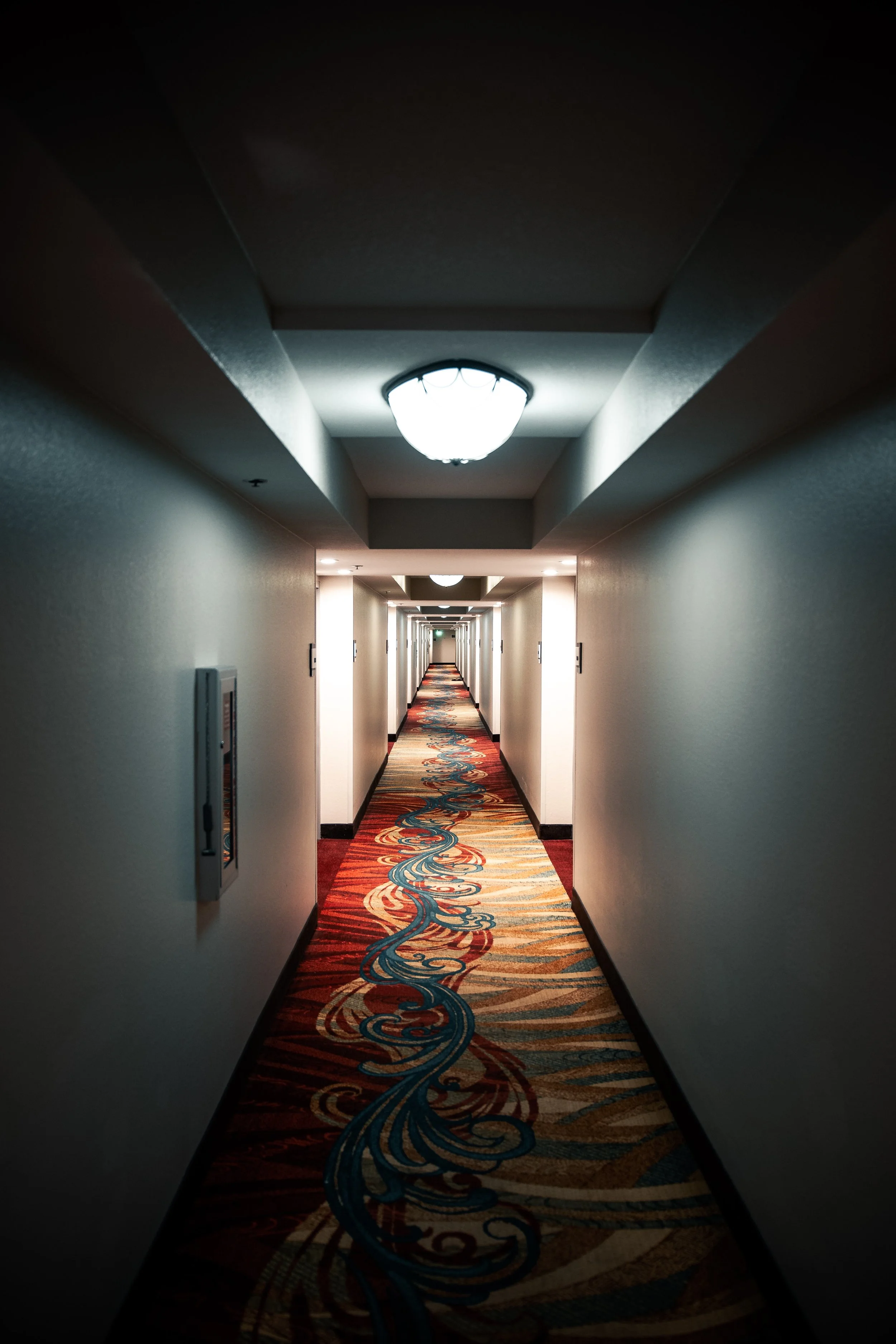Following Foreign Ministry talks in Sweden, North Korea has agreed to reinvestigate the cases of Japanese abductees, and Japan has pledged to remove some sanctions and offer humanitarian aid conditional on progress on the issue. While official talks were only announced on March 20, you can be sure that Japanese negotiators have been steadily working on the issue for the last 2 years ever since Shinzo Abe assumed the Premiership (and maybe even before). It also seems that Japan has been waiting for North Korea’s intelligence arm (Ministry of State Security) to reach out, to be assured that North Korean negotiators in Sweden have the authority to conclude a deal.
Given that the Japanese have been trying to untangle this issue for more than a decade, what continues to stand in the way, and why are things moving now? 3 Ps are important in understanding the issue:
Process
The last visit fell apart when Kim Jong Il admitted that kidnappings happened, apologized and offered to allow some of the abductees to visit their relatives (being assured that they would return to North Korea). The abductees never returned, and among the remaining abductees that North Korea admitted to, North Korea claimed that they had passed away. The Japanese public rejected the deal with North Korea, and both Koizumi and Kim Jong Il walked away from a failed process. Both sides took significant risks to make a deal happen. For North Korea, the admission splintered their supporters in Japan.
Both sides recognize that the next deal has to be the last deal on the issue, in that the Japanese public has to be certain that all abductees are accounted for, or the negotiations will collapse again. This is not a trivial obstacle. First, there is the question of verifying and confirming if the abductees claimed to be dead are truly dead. Second, there is no agreement on both sides on the true number of abductees. Third, it has to be assumed that any abductees (and their families) must be given the option of moving to Japan.
To placate the Japanese public, a process has to be created to ensure that the issue is addressed conclusively. There might even be a need on both sides for an ‘honest broker’ who can mediate between rival claims. As yet, neither side has seen the need to draw in a third party. Internally, North Korea will run up against vested interests in its investigation, as people could be made to assume responsibility for the kidnappings. Or maybe they could just lay that responsibility on some recently deceased uncle…
Price
North Korea seeks reparations for its colonization by Japan. In the case of South Korea, Japan has paid reparations for its colonization period. While both sides dance around the amount, using a mix of principles and figures raised in past negotiations in their arguments, this will at the end of the day be a realistic and necessary lever to get North Korea to agree to a resolution on the abduction issue.
For a North Korea beginning to think more about economic development, Japanese aid and investment is critical. Rapprochement with Japan could also pressure South Korea to engage more with North Korea. In fact, North Korea’s significant state investment in tourism facilities in Kangwon province (think Wonsan beach resorts, Sinphyong, Masikryong ski resort…etc.) seem strategically positioned to attract Japanese and South Korean tourists in the event of rapprochement. Perhaps a Japan-DPRK summit in Kangwon province (Masikryong or Wonsan), could be a good way to kick-off a potential epicenter of DPRK-Japanese grassroots and economic interactions in the future.
Priorities
Why are things moving under Shinzo Abe? Aside from the stability of his government, Shinzo Abe has been at the forefront of the abductee issue for more than a decade. Traditionally, abductions, North Korea’s missile program, and nuclear program, form an unholy trinity of obstacles between Japan and North Korea. Abe’s personal identification with the abductions, and drive to resolve it, has pushed abductions ahead of other DPRK-Japan issues.
For Japan, putting all three issues on the same level does not make sense, as the missile and nuclear issues cannot be solved bilaterally without US and South Korea at the table; both allies have at times considered Japan’s obsession with abductees an idiosyncratic or at least peripheral complication in past negotiations. At the same time, there could be constituents in Japan who worry about how a bilateral deal deprioritizing the nuclear and missile program could affect the US-Japan alliance.
Politically, its clear how there is an opening for North Korea with regards to Japan. What is more opaque is how and whether domestic politics in North Korea is creating a reciprocal opening for Japan in North Korea. Either way, a deal can be in both countries’ interests, and more broadly beneficial to regional peace and security.



